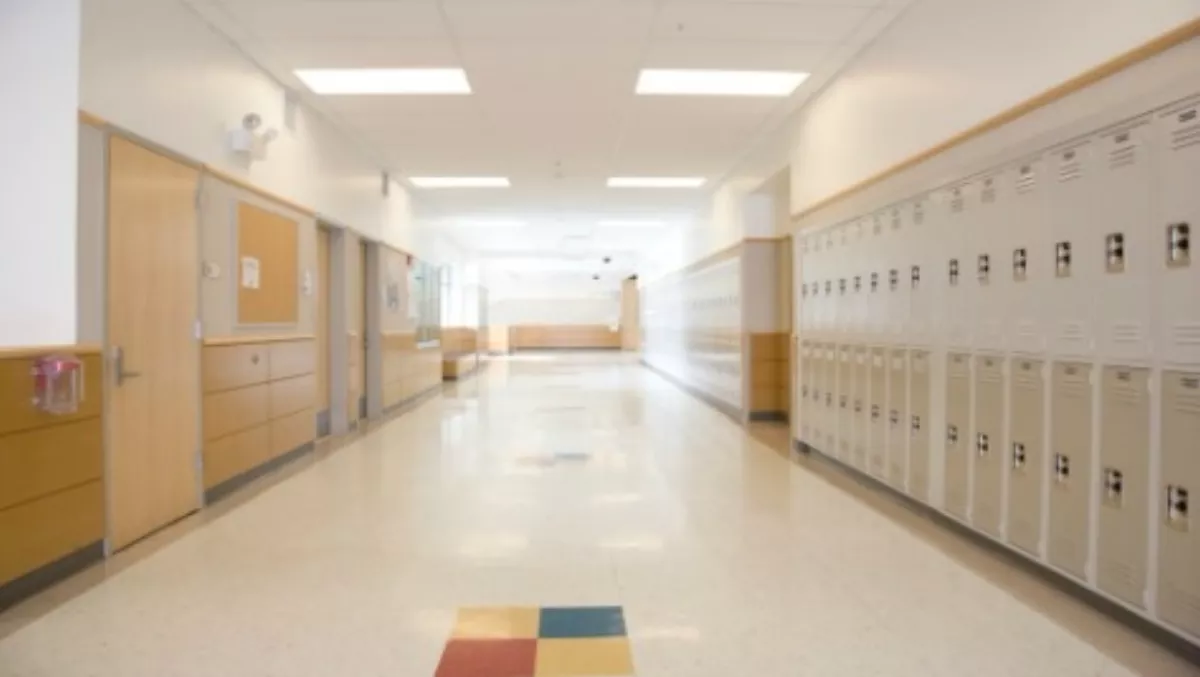
Carter Holt appeals failed strike-out bid in leaky schools case
Carter Holt Harvey, the building products supplier owned by billionaire Graeme Hart, is appealing its failed bid in the High Court to strike out a claim that its cladding contributed to a nationwide problem of leaky school buildings.
In the Court of Appeal in Wellington, counsel for Carter Holt, David Goddard QC, told Justices Tony Randerson, Lynton Stevens, and Mark Cooper the company didn't have a duty of care as the manufacturer of the Shadowclad cladding sheets used in school buildings, because the sheets were only one component. That meant any liability arising from the construction of those buildings should fall with the parties undertaking the project, and if the Ministry of Education and school boards of trustees wanted extra protection, the opportunity was open for them to negotiate that through an extended warranty provisions, he said.
The ministry and boards "had the opportunity to impose contracts to provide for the allocation of risk of building defects and it would be astonishing if some provision was not made of that kind," Goddard said "If it wasn't, that's their commercial choice - it's not one that can be left at the door of some upstream products supplier like Carter Holt."
In April 2013, the Education Ministry launched a $1.5 billion action against cladding manufacturers Carter Holt, James Hardie Industries and CSR to recoup the costs involved in a remediation programme for 800 buildings across 300 schools.
It has since reached confidential settlements with James Hardie and CSR, though Goddard today said there are some cross-claims against those parties as at least 73 school buildings used a mixture of cladding products.
The Ministry of Education has launched more than 100 claims against parties in similar suits relating to leaky buildings, of which Carter Holt has been joined in one other action, Goddard said.
Goddard said the ministry accepted there could be multiple causes for the leaky buildings, and that it was unfair to single out the cladding manufacturer.
Of the 880 buildings in the ministry's statement of claim against Carter Holt, 293 were built after 2003, leaving about two-thirds outside what Goddard said should be a 10-year statute of limitation on faulty building work.
The ministry has made its claims under the Consumer Guarantees Act and Fair Trading Act, saying the cladding used didn't comply with standards set under the Building Code or normal industry practice.
The claim is for an unspecified amount, related to the recovery cost for replacing cladding, preventing staff and students from illness resulting from water-damaged buildings, and providing additional resources while using alternative facilities during the remediation programme.
Goddard said the pleading lacked the appropriate detail for the case to proceed to court, in particular highlighting his client's inability to source specific contracts relating to school buildings from which it could then prepare its defence, such as adding third parties to the claim.
The ministry this year revised its estimate for the total cost of fixing leaky schools to between $1.1 billion and $1.3 billion, and said it was still in negotiations with Carter Holt to achieve a potential settlement.
As at November 2014, the ministry's remediation recovery programme covered 1,792 buildings, of which 343 were active, 1,346 were discontinued, 91 had settlements in place and 12 were on hold. In addition to the existing settlements, a further 57 buildings have settlements agreed in principle.

